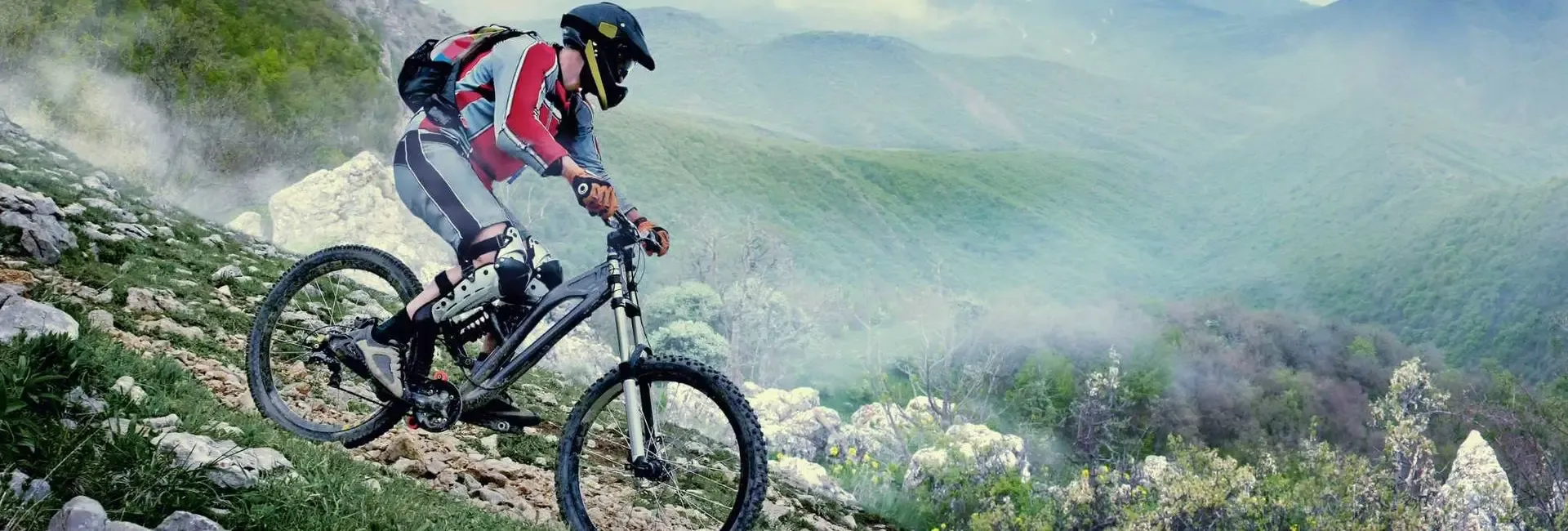
- Afrikaans
- Albanian
- Amharic
- Arabic
- Armenian
- Azerbaijani
- Basque
- Belarusian
- Bengali
- Bosnian
- Bulgarian
- Catalan
- Cebuano
- Corsican
- Croatian
- Czech
- Danish
- Dutch
- English
- Esperanto
- Estonian
- Finnish
- French
- Frisian
- Galician
- Georgian
- German
- Greek
- Gujarati
- Haitian Creole
- hausa
- hawaiian
- Hebrew
- Hindi
- Miao
- Hungarian
- Icelandic
- igbo
- Indonesian
- irish
- Italian
- Japanese
- Javanese
- Kannada
- kazakh
- Khmer
- Rwandese
- Korean
- Kurdish
- Kyrgyz
- Lao
- Latin
- Latvian
- Lithuanian
- Luxembourgish
- Macedonian
- Malgashi
- Malay
- Malayalam
- Maltese
- Maori
- Marathi
- Mongolian
- Myanmar
- Nepali
- Norwegian
- Norwegian
- Occitan
- Pashto
- Persian
- Polish
- Portuguese
- Punjabi
- Romanian
- Russian
- Samoan
- Scottish Gaelic
- Serbian
- Sesotho
- Shona
- Sindhi
- Sinhala
- Slovak
- Slovenian
- Somali
- Spanish
- Sundanese
- Swahili
- Swedish
- Tagalog
- Tajik
- Tamil
- Tatar
- Telugu
- Thai
- Turkish
- Turkmen
- Ukrainian
- Urdu
- Uighur
- Uzbek
- Vietnamese
- Welsh
- Bantu
- Yiddish
- Yoruba
- Zulu
Dec . 07, 2024 11:41 Back to list
how to install mountain bike derailleur
How to Install a Mountain Bike Derailleur
Installing a derailleur on your mountain bike can seem daunting, especially if you're unsure where to begin. However, with the right tools and a bit of patience, you can successfully install a derailleur and improve your bike's shifting performance. This guide will walk you through the steps needed to install a mountain bike derailleur.
Tools You Will Need
Before you begin, gather the necessary tools - A 5mm Allen wrench - A screwdriver (if applicable) - A bike repair stand (optional but recommended) - Chain tool (for chain adjustments) - Needle-nose pliers (if you need to adjust the cable tension)
Step 1 Remove Old Derailleur
If you are replacing an old derailleur, the first step is to remove it. Use the 5mm Allen wrench to remove the bolt securing the derailleur to the derailleur hanger. Once you’ve loosened the bolt, slide the derailleur off the hanger and disconnect the chain if necessary. Make sure to take note of how the cable is routed and attached to the old derailleur—this information will be helpful when installing the new one.
Step 2 Prepare the New Derailleur
Before installation, take a moment to prepare your new derailleur. If it has a chain guide, make sure it is aligned properly. You should also check if the derailleur is compatible with your bike’s gear system (Shimano, SRAM, etc.). Look for any protective covers that may need to be removed.
Step 3 Install the New Derailleur
Position the new derailleur onto the derailleur hanger and secure it with the bolt. Ensure that it is mounted straight and tight enough to prevent any movement. If necessary, use your Allen wrench to tighten the bolt.
how to install mountain bike derailleur

Step 4 Attach the Gear Cable
To attach the gear cable, thread it through the derailleur’s cable guide. Pull the cable tight and secure it using the cable anchor bolt. It's crucial to have the right tension in the cable for optimal shifting performance. If your derailleur is equipped with a B-limit screw, adjust it to ensure the derailleur can accommodate the largest cog.
Step 5 Install the Chain
If you detached the chain during the removal process, reattach it to the new derailleur. Use a chain tool if needed to ensure the links are secure. Run the chain through the derailleur, making sure it follows the proper path. The top part of the chain should be on the upper jockey wheel and the bottom part should follow the lower jockey wheel.
Step 6 Adjusting the Limit Screws
Before testing the shifting, you’ll need to adjust the limit screws on the derailleur. These screws prevent the chain from shifting off the largest or smallest cogs. Shift to the smallest gear and adjust the high limit screw until the derailleur is aligned perfectly with the gear. Repeat this process for the low limit screw while shifting to the largest gear.
Step 7 Test Shifting Performance
Finally, it's time to test your work! Shift through the gears to ensure smooth transitions. If there are any hesitations or skips, go back and check your cable tension and limit screws.
Conclusion
Installing a mountain bike derailleur may seem challenging, but with the right approach, it can be a straightforward process. Remember to take your time, follow the steps carefully, and don’t hesitate to consult your bike’s manual if you run into any issues. With practice, you’ll become more comfortable with bike maintenance and repairs, enhancing your overall riding experience. Enjoy the trails!
-
The Ultimate Kids' Four-Wheeler Experience
NewsJul.09,2025
-
The Ultimate Guide to Mountain Bikes: Gear Up for Your Ride
NewsJul.09,2025
-
The New Age of Cycling: Electric Bikes for Every Rider
NewsJul.09,2025
-
The Best Kids Bicycles: Ride in Style and Safety
NewsJul.09,2025
-
The Best 3-Wheel Scooters for Kids: Fun, Safety, and Adventure
NewsJul.09,2025
-
Revolutionize Your Ride: Affordable Electric Bikes
NewsJul.09,2025
-
Finding the Perfect Mountain Bike for Every Rider
NewsJul.09,2025



